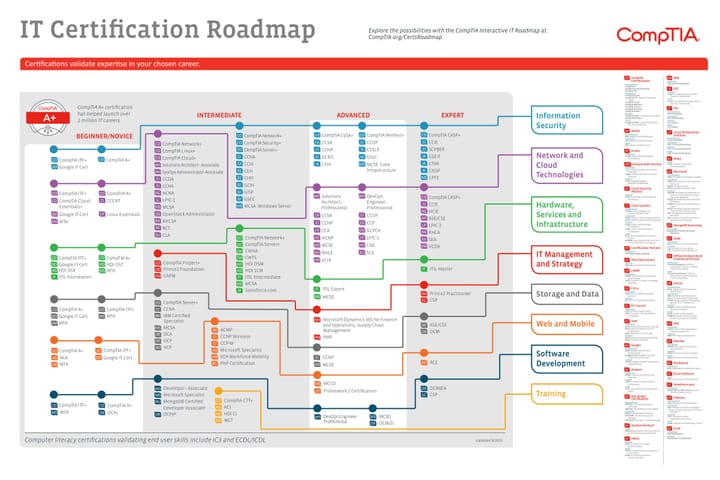Decoding the Exodus: Why Companies Are Shifting Away from the Cloud

In recent years, a surprising trend has emerged in the tech landscape - companies are opting to move their infrastructure out of the cloud. For years, the cloud has been hailed as the holy grail of modern computing, offering unparalleled flexibility, scalability, and cost-effectiveness. However, a growing number of businesses are now reconsidering their cloud-centric strategies and exploring alternatives. Let's delve into the reasons behind this unexpected shift.
- Rising Costs:
One of the primary motivators behind the move away from the cloud is the escalating costs associated with cloud services. While the pay-as-you-go model initially seemed economical, businesses often find themselves facing unexpected charges as their usage grows. As workloads expand and data storage requirements increase, the cumulative expenses can become a significant burden, prompting companies to seek more predictable and controlled cost structures. - Data Security Concerns:
Despite robust security measures implemented by cloud service providers, concerns over data security persist. High-profile breaches and compliance issues have raised eyebrows among businesses, especially those dealing with sensitive information. Companies with stringent regulatory requirements may find it challenging to fully trust third-party cloud providers with their data, pushing them to bring critical infrastructure back in-house for enhanced control and security. - Performance Issues:
As businesses grow, so do their performance needs. Some organisations have experienced performance bottlenecks and latency issues in the cloud, particularly when dealing with data-intensive applications or workloads that demand high computational power. Shifting infrastructure back on-premises or exploring hybrid solutions allows for more direct control over hardware specifications, optimising performance for specific tasks. - Customisation and Control:
In the pursuit of agility, companies often sacrifice a degree of customisation and control when embracing the cloud. The one-size-fits-all approach may not align with the unique requirements of every business. By reclaiming control over their infrastructure, organisations can tailor their setups to better suit their specific needs, ensuring optimal performance and resource utilisation. - Regulatory Compliance:
For industries subject to stringent regulatory frameworks, compliance is non-negotiable. Navigating the complex landscape of data protection laws and industry-specific regulations can be challenging in the cloud, where data may traverse international borders. Some companies are choosing to repatriate their infrastructure to maintain compliance more effectively and reduce the risk of regulatory breaches. - Strategic Shifts:
Companies are constantly evolving, and their technology needs evolve with them. Some organisations initially migrated to the cloud for quick scalability but have now outgrown the model. Others are adopting a more strategic, diversified approach, incorporating on-premises solutions alongside cloud services to strike a balance that aligns with their evolving business objectives.
While the trend of companies moving away from the cloud may seem counterintuitive, it underscores the dynamic nature of the technology landscape. The decision to repatriate infrastructure is a complex one, influenced by a combination of cost considerations, security concerns, performance needs, regulatory factors, and strategic shifts. As businesses continue to evaluate and fine-tune their IT strategies, the future of cloud computing remains a fascinating and ever-evolving narrative.



Comments ()